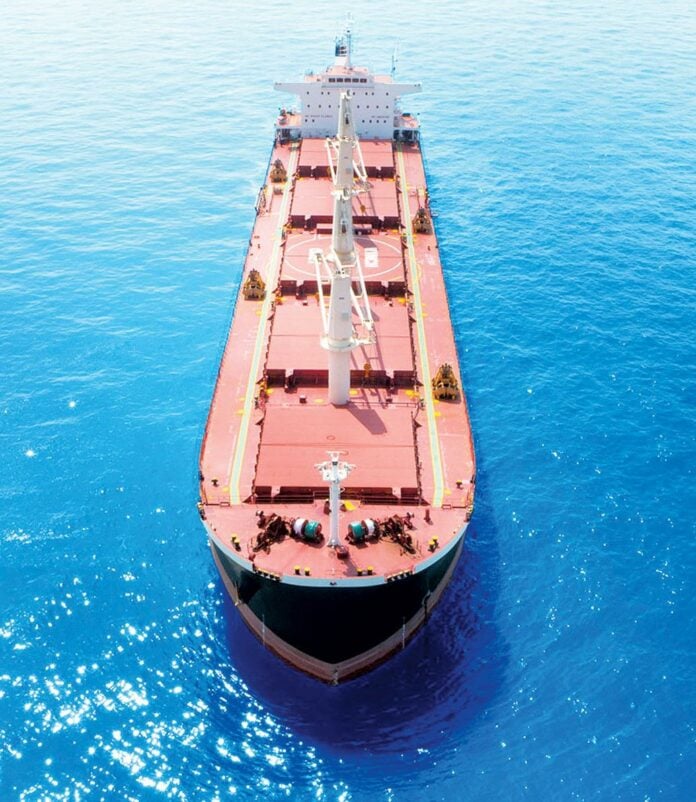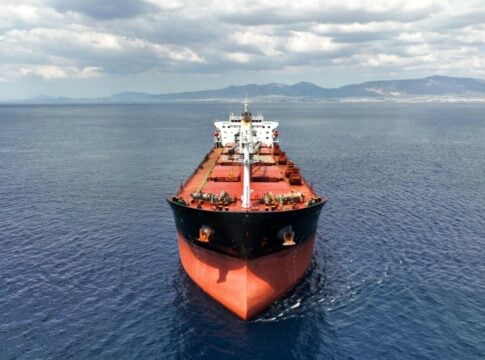More specifically, Petros Pappas, head of Star Bulk, the largest dry cargo shipping company listed on NASDAQ, sees four factors that strengthen the bulk carrier industry.
The needs to transport cargo such as grain, coal, and iron ore remain at high levels, while despite the global geopolitical uncertainties, the small order book favorable to the market, the active fleet of bulk carriers that is constantly growing, but also the strict environmental regulations, which will reduce the efficiency of non-eco ships, give impetus to the market.
The managing director of the company that has 161 ships in the water and another six under construction outlined the factors affecting the market of bulk carriers.
New orders
The order book has grown slightly over the past two years, he said, but it still stands at a comparatively low 9.8% of the fleet.
Regarding the dismantling of older ships, Pappas noted: “Ships over 20 and 15 years old amount to 9% and 21.9% of the fleet respectively, while prices for recycling have stabilized at high levels and are expected to trigger the sale of excess and energy-inefficient tonnage during seasonal downturns in the coming years.
Meanwhile, the average sailing speed of the dry cargo fleet has stabilized at lower levels between 11.1 and 11.2 knots during the past six months due to inflated fuel costs and environmental regulations, including the EEXI and CII green indices, which are increasingly incentivizing slow sailing and retrofitting and are expected to moderate supply in the coming years.”
Middle East
At the same time, he estimated that there is a high probability that port congestion will increase on an annual basis during the second half of 2024, with a positive effect on the balance of supply and demand.
In addition, Pappas noted that rising tensions in the Red Sea from late 2023 continue to cause severe shortfalls for trade, despite a partial recovery in dry cargo transits in the Panama Canal, which are expected to be fully restored by the end of the year.
As a result, nominal fleet growth is unlikely to exceed 3% per annum over the next two years, even assuming scrapping activity remains at current low levels.
2024-2025 forecasts
According to Clarkson’s, total dry bulk trade is forecast to grow by 2.6% and 0.7% in tonnes during 2024 and 2025 and by 4.4% and 0.5% in tonnes-miles, respectively.
Regarding China, government officials have recently stressed that the country has the potential to meet its full-year growth target of 5%.
As for the rest of the world, dry bulk demand has been recovering for the past three quarters, which is expected to continue amid lower commodity prices and expectations of easing monetary policy.
Iron ore trade is expected to expand by 3.1% in tonnes and 5.6% in tonne-miles during 2024.















